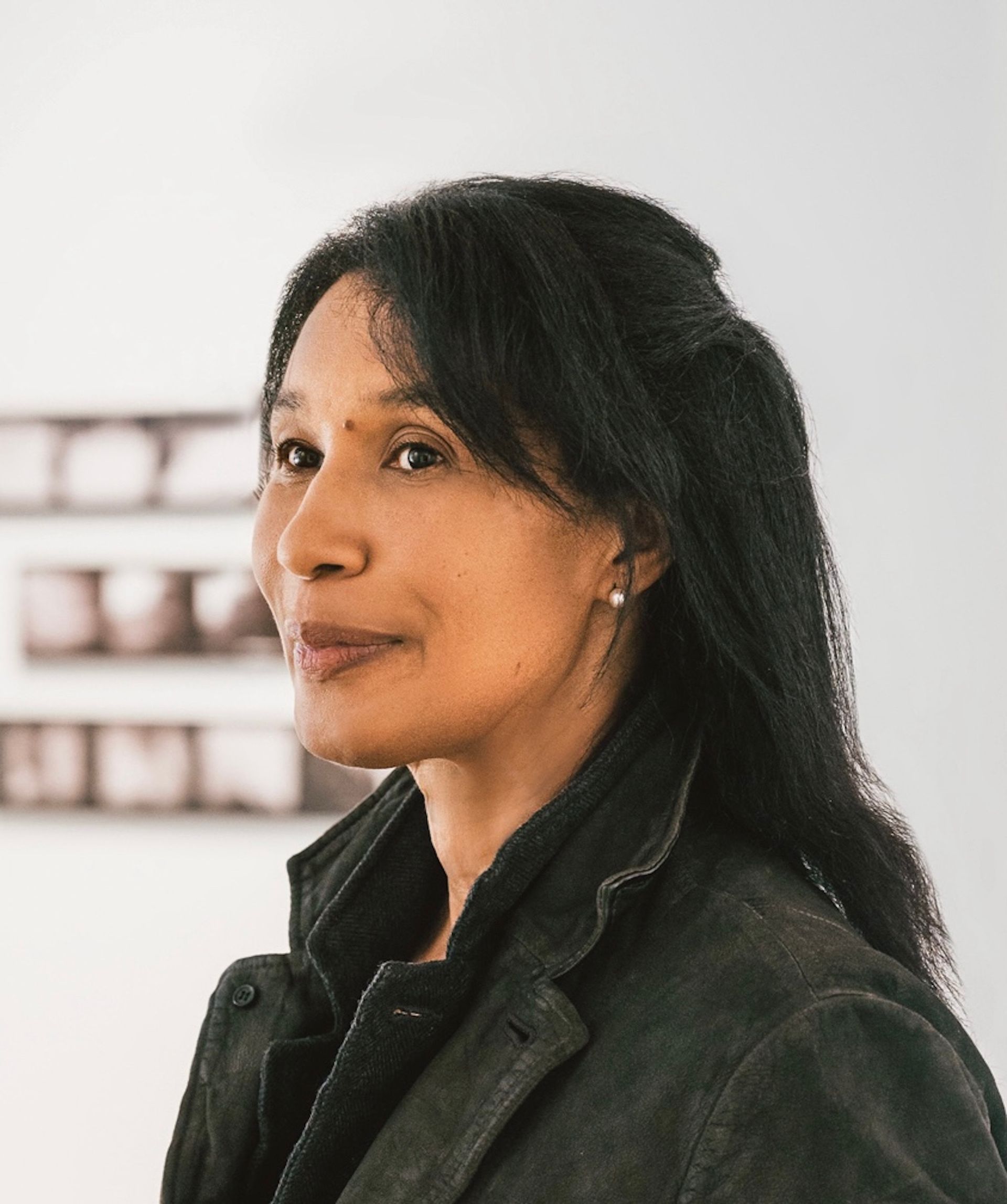This fall, a cohort of students from around the world will come together, in person and virtually, to learn about the second World Festival of Black and African Arts and Culture – or Festac 77, as the vibrant and legendary event that took place over a month in 1977 in Lagos is best known. Over the course of ten weeks, they will engage with artists and thinkers who participated in Festac, including choreographer and dancer Darlene Blackburn, poet and publisher Haki R. Madhubuti and photographer K. Kofi Moyo.
The course, a blend of art history and artistic creation, will be the inaugural semester of the New art school modality, a newly created arts institution that aims not only to make arts education more accessible, but also to open up alternative forms of study and exchange. Founded by art historian Romi Crawford, with $250,000 in seed capital from the Terra Foundation for American Art, the school will offer no credit or degree, but rather a space uninhibited by pressures typical academics. Its first semester will be free, with material support from the Moleskine Foundation, and the cost of registration for future courses will be capped at $500. Students can apply for the first program starting July 15.
“This is an ancillary opportunity for students who are really, really pushed beyond or out of credit,” says Crawford, who also teaches visual and critical studies at the School of the Art Institute of Chicago. “It works for certain types of students who may not have all the money to go to art school and want to pursue whatever niche they choose – be it art making, curating, essay writing – through what faculty share and pass on.”
The faculty of the school is another essential aspect of its identity. Crawford will draw on teachers who have worked extensively outside of art schools and cultural institutions, with the aim of prioritizing collective and intergenerational learning. Her guiding thread is the Black Arts Movement of the 1960s and 1970s. demonstrations,” she said. “It’s hugely inspiring to me as a role model of how one can just have that drive and courage to get the job done – and get the job done by any means necessary.”

Romi Crawford, art historian and founder of the New Art School Modality
Inviting people who may not have been invited before into the art school complex, she adds, is “super restorative.” In this way, the new art school modality contrasts sharply with the nearly three-year-old Alternative Art School, the online institution run by curator Nato Thompson, whose network of educators includes prominent and recognized artists such as Trevor Paglen, Jeremy Deller and Janine Antoni (courses cost between $1,250 and $1,750).
The new art school modality comes at a time when the American education system is at a crisis point. The Covid-19 pandemic has exposed the economic precariousness and inequalities of art schools and led to a drop in enrollment. As tuition fees continue to rise, leaving millions in debt, schools have become endangered: the Taliesin School of Architecture, for example, almost closed for good in 2020; earlier this year, the San Francisco Art Institute deposit for bankruptcy.
Crawford says her school is not a direct response or critique of the shortcomings of the traditional higher education industry. Rather, it emerges from decades of her own teaching experience and, in particular, her extensive research into the Black Arts Movement, whose members she interviewed and curated exhibitions.
Moved by this work, in 2021 she founded the Black Arts Movement School Modality (BAMSM), a mobile institution that draws on the experimentation of its eponymous movement. Serving as a kind of beta version of the new art school modality, it allowed Crawford to understand how “deep knowledge structures from black cultural experience” could fundamentally inform an art school.
“There’s more creativity, shockingly, that can be pursued through this path and its limitations in terms of resources, people, space,” she says. “I wanted to found an institution with a deeper insight into the ideas, knowledge, stories, forms and approaches related to the arts of other cultures. These are often underutilized in other places.

A Black Arts Movement School modality session in Milan Photo: Susanna Yu Bai / Courtesy of Black Arts Movement School Modality
A common misconception is that BAMSM is a school that focuses solely on black art history. But both Crawford schools take a broader approach. BAMSM, which has been in session at host sites in Chicago, Milan and Munich, has held classes on topics as diverse as public monuments and the rainbow. For its spring semester, the New Art School Modality will delve into the East Village art scene of the 1980s. of AfriCOBRA Jeff Donaldson.
“It’s hard for people to imagine the total ambition of this…and the thing that’s really hard for us to imagine is a black woman founding an art school that’s really much broader than [Black arts]says Crawford. “Yes, there is periodic and inconsistent attention to black art stories…because that is one of my places of expertise. And I wouldn’t deny it. But that’s not the only pursuit here.
Like BAMSM, the new art school modality will anchor in different locations each semester. Its first site will be the Museum of Contemporary Art Chicago; students based elsewhere will be able to attend via Zoom. Crawford hopes to eventually scale up to run about five sessions per semester at different locations. She plans to invite about half of each class, or a total of about 50 students, to attend virtually.
The app is designed to invite participants with a range of experiences and, in particular, those who have not typically had access to arts education. “It’s about opening up some of that,” Crawford says, “and imagining that we can make art without all the railings.”
